Village of the Week: Sledmere is part of an estate owned by the same family for centuries
Sledmere, which also incorporates the hamlet of Croome (largely made up of estate cottages) is in the East Riding of Yorkshire.
Wherever you travel from to visit Sledmere it is like slipping into a time capsule. For those that live there - village life will have course changed over time (doesn’t everything even in its smallest of ways) but it won’t be a million miles (or much more than a couple) away.
Advertisement
Hide AdAdvertisement
Hide AdWhile Croome is mentioned in the Domesday Book - there are less early references to Sledmere until the 13th and 14th centuries where it was recorded as Sleddemer - the meaning of which is valley and the ‘mere’ denotes pool.
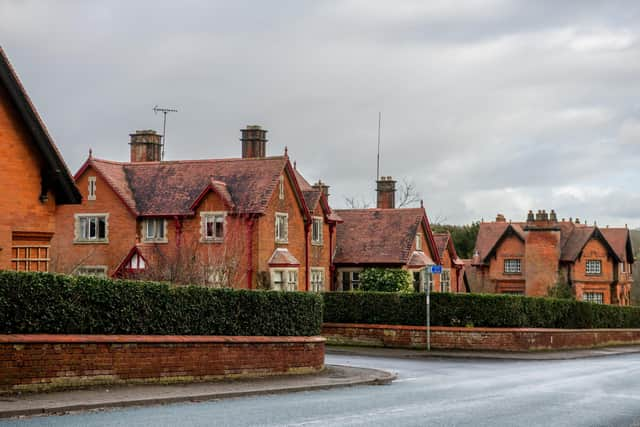

The estate of Sledmere House has been owned by the same family for the last 250 years and still lets out land to farmers and properties to tenants - just as would have been the way 50, 100, 150 years ago.
Farming remains a huge part of the fabric and economy of village life and the environment seems more serene than agricultural ventures which battle the wild winds of higher ground.
This is due to East Yorkshire lying lower than its northern neighbours. It is, however, as local farmers will tell you, prone to flooding and maybe it is no coincidence as to where ‘mere’ is derived.
Advertisement
Hide AdAdvertisement
Hide AdThe Sledmere farming enterprise – of red deer, sheep and cattle – sees beef and venison supplied to a leading supermarket.
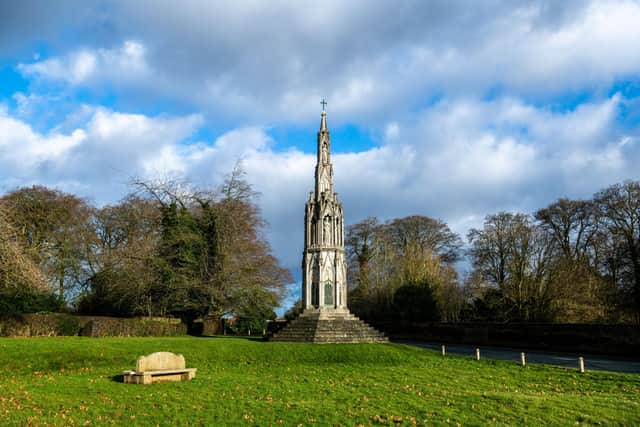

The arable side of the farming business has grown to more than 2,000 acres and grows winter wheat, winter barley, spring barley, oil seed rape, vining peas, and potatoes. Both the winter and spring barley are sold for malting and the peas are grown for Birdseye.
All the farming duties are undertaken by four full-time members of staff and a student and they also help out the events team when needed with festivals and outdoor attractions.
Like many other country estates across the region, and in line with government and other agency grant requirements, environmental stewardship is at the heart of the wider management of the Estate and includes schemes for regeneration of hedgerows and field margins to encourage flora and fauna, birds and other wildlife.
Advertisement
Hide AdAdvertisement
Hide AdThese ventures though, quite possibly would not be possible without ‘the house’.
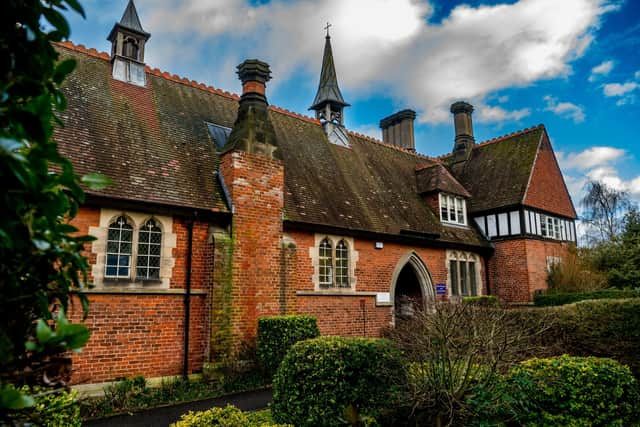

Sledmere House is one of the finest country houses in Yorkshire and has been welcoming visitors for some 200 years who marvel at its interiors, art and architecture, antiques and fine plasterwork.
Steeped in history and filled with stories, it is both a Georgian House and Edwardian House.
The present house was begun in 1751, extended in the 1790s, and rebuilt after a fire in 1911. It was once the home of Colonel Sir Mark Sykes, 6th Baronet, noted English traveller and diplomatic advisor, and is now the home of Sir Tatton Sykes, 8th Baronet.
Advertisement
Hide AdAdvertisement
Hide AdHowever, before all this, in the 1500s, William Sykes had moved from Cumbria to the West Riding and the extreme wealth of him and his sons came via the cloth trade, shipping and finance.
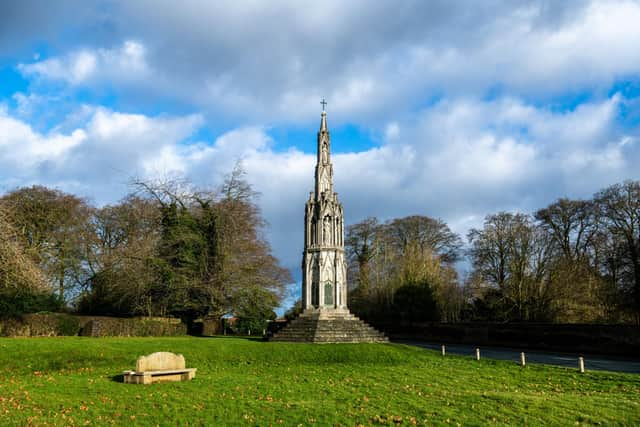

His grandson, Sir Richard Sykes, demolished a manor house that had existed at Sledmere since medieval times and built a new mansion as well as having 20,000 trees planted.
He died without leaving an heir so the estate passed to his brother Mark and when Sledmere was passed to his son, Sir Christopher Sykes, 2nd Baronet and MP for Beverley, this is where the Sledmere that we recognise today started to take shape.
Sir Christopher bought and enclosed huge areas of land for cultivation, built two new wings to the house, landscaped the grounds and planted 2,500 acres trees, with the village of Sledmere being moved to where it is now.
Advertisement
Hide AdAdvertisement
Hide AdDisaster struck in 1911 when Sledmere House was ravaged by fire and local word has it that Sir Tatton Sykes, 5th Baronet, was too busy eating one of the milk puddings to pay much attention to the unfolding situation, but, luckily villagers and estate workers rescued pictures, statues, furniture, china and carpets, and even doors and banisters and the vast collection of books.
There are more than 10,000 books including bibles, plays, novels and dictionaries and they were thrown from windows into blankets below.
For years restoration work carried on after the fire and those saved contents are on display.
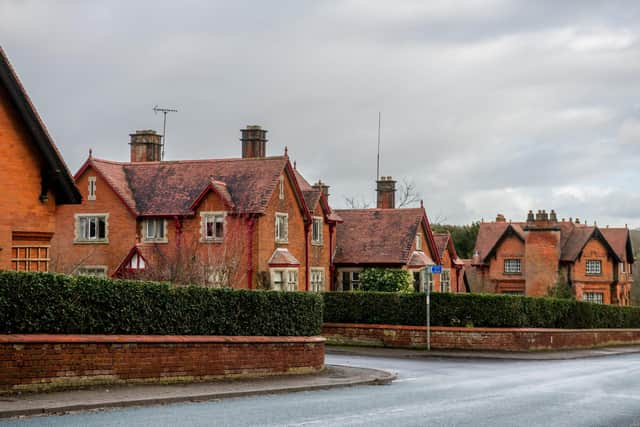

Sledmere House has been closed for the winter season but behind the scenes preparations to get it ready for re-opening to the public next month will be well underway.
Advertisement
Hide AdAdvertisement
Hide AdIf a village as small as Sledmere having its own stately home wasn’t enough of a boast - it also has a series of impressive monuments too.
The 37 metre tall Sledmere Monument is on the B1252 road, on top of Garton Hill. It is a tribute to Sir Tatton Sykes, 4th Baronet, built by his friends in 1865.
The Wagoners' Memorial in the village, designed by Sir Mark Sykes, 6th Baronet, is dedicated to the Wolds Wagoners Reserve, a corps that Sir Mark raised from the local population to fight in the First World War. The memorial was designated a Grade II listed building in September 1966, but upgraded to Grade I in March 2016.
Then there is the Sledmere Cross, a replica of the Eleanor cross which was built between 1896 and 1898 as a folly by Sir Tatton Sykes, 5th Baronet. His son, Sir Mark, converted it during and after the First World War to a war memorial in commemoration of friends and local men who had fallen in the war.
Prior to that Sledmere Castle, was a folly built around 1790 by John Carr for Sir Christopher Sykes, the 2nd baronet, to enhance the view from Sledmere House.
Comment Guidelines
National World encourages reader discussion on our stories. User feedback, insights and back-and-forth exchanges add a rich layer of context to reporting. Please review our Community Guidelines before commenting.
